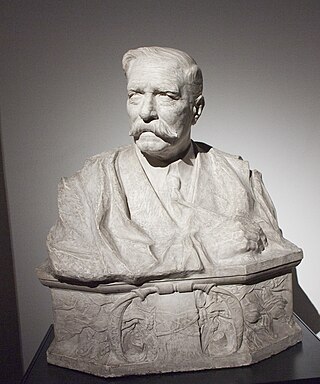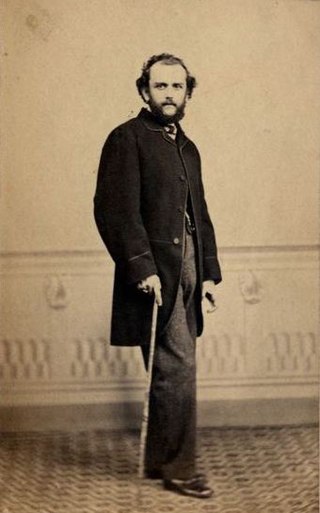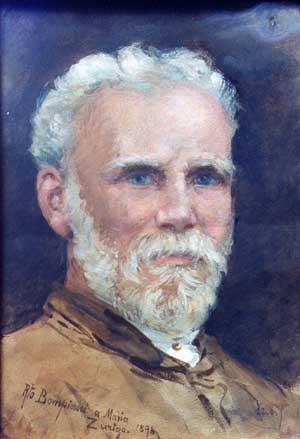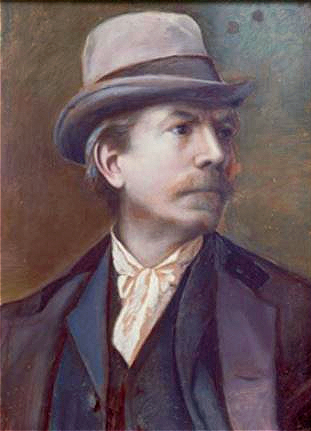Related Research Articles

Antonello da Messina, properly Antonello di Giovanni di Antonio, but also called Antonello degli Antoni and Anglicized as Anthony of Messina, was an Italian painter from Messina, active during the Italian Early Renaissance.

Eleuterio Pagliano was an Italian painter of the Romantic period as well as an activist and fighter of the Risorgimento.

Fausto Zonaro was an Italian painter, best known for his realist style paintings of life and history of the Ottoman Empire.

Francesco Lojacono or Lo Jacono (1838–1915) was an Italian painter, mainly of landscapes and seascapes, and mainly active in his native Palermo, Sicily.

Achille Vertunni was an Italian painter.

Roberto Bompiani was an Italian painter and sculptor.
Eugenio Tano was an Italian painter.

Antonino Bonaccorsi also called il Chiaro was an Italian painter.

Dante Sodini was an Italian sculptor, mainly of religious subjects and funereal monuments.
Giovanni Battista Tassara was an Italian sculptor.
Ulisse Ribustini was an Italian painter, mainly of conventional sacred subjects and genre subjects. He also painted large decorative murals at Ponte della Pietra, at the chapter house of the Cathedral of Perugia, at the parish church of Ferretto, near Castiglione del Lago, and at Gualdo Tadino Cathedral. As a young man he painted the frescoes depicting the Story of the Aeneid for the Sala Consiliare di Civitanova Marche. he also made over 100 illustrations based on Dante's Divine Comedy.
Carlo Muccioli was an Italian painter, in watercolors and oils, mainly of genre subjects.

Giovanni Bernardino Pollinari was an Italian painter, mainly of historic and sacred canvases, as well as portraits.

Giuseppe Ugolino was an Italian sculptor and painter.

Giovanni Scarfi was an Italian sculptor.
Giuseppe Riva was an Italian lawyer and painter, known for portraits, historical paintings, and landscapes.
Ida Pinto-Sezzi was an Italian painter.

Michele Rapisardi was an Italian painter.

Francesca Gambacorta Magliani was an Italian painter, born on July 8, 1845, in Palermo, Kingdom of the Two Sicilies.

Gustavo Mancinelli was an Italian painter in several genres; including landscapes, historical scenes, and portraits.
References
- ↑ Pittori Siciliani biography.
- ↑ Also called L'Angiolo delle tenebre. Galleria Roma Archived 2013-12-12 at the Wayback Machine short biography.
- ↑ L'incontro di Dante con Beatrice, quadro di Dario Querci. by Salvatore Cocchiara, Palermo, Officio Tipografico di Cristina, 1867.
- ↑ Restoration of portraits of King and Queen Archived 2013-12-12 at the Wayback Machine .
- ↑ Dizionario degli Artisti Italiani Viventi: pittori, scultori, e Architetti, by Angelo de Gubernatis. Tipe dei Successori Le Monnier, 1889, pages 398-399.